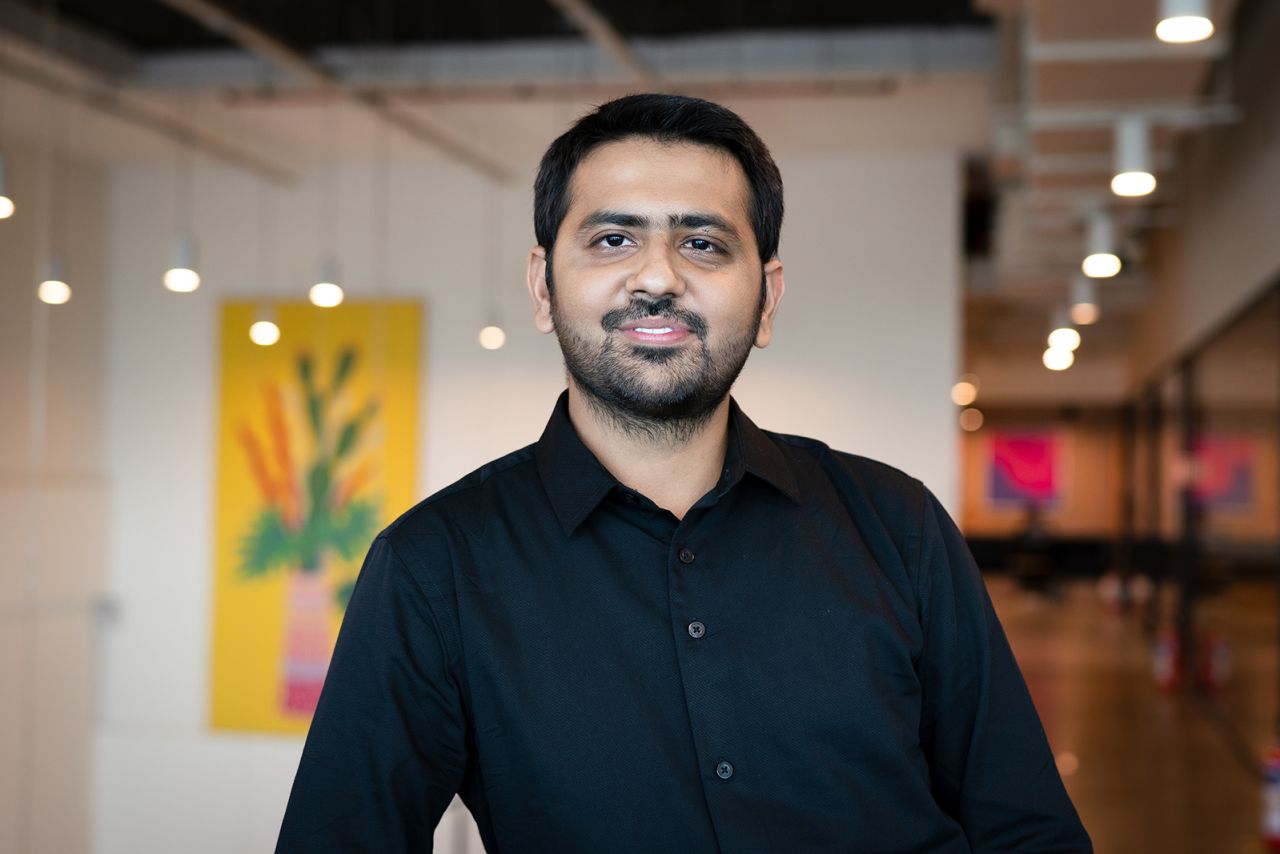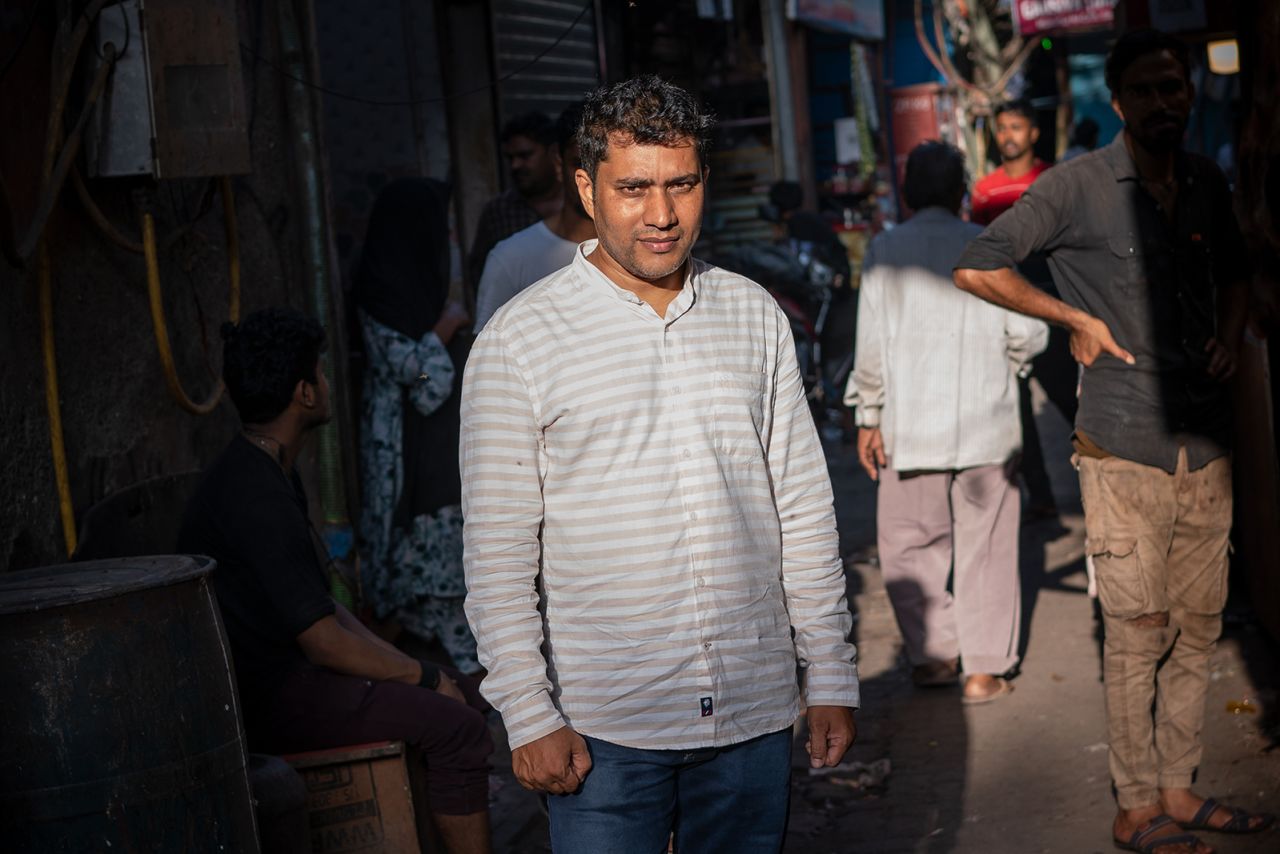
More than 40% of India’s 1.4 billion people are under 25: a tech-savvy and mostly English-speaking labor force. Like millions of migrants, many of them are drawn to the country’s financial capital Mumbai, full of aspiration and ambition. And it’s stories like these that inspire them.

The tech developer: Growing up in the slums of Mumbai, Javed Khatri never used a smartphone or computer.
But unlike many children in the slums, he completed 10th grade – the first person in four generations of his family to do so – then studied computer science at an engineering college.
He is now building an online platform to connect tech firms with engineers. He moved his family out of the slum, and supports his parents. Both his siblings went to college and pursued their own careers.
None of this would have been possible a generation ago, he says.

The influencer: Apoorva Mukhija hadn’t planned to be a content creator, so after graduation she took a job with a tech firm in Bangalore, the southern city known as “India’s Silicon Valley.”
“Then one day I just woke up, realized … (my job) just didn’t pay as well as content did, and I hated living in that city,” Mukhija, 22, tells CNN from a pastel-pink couch at her new apartment in Mumbai, which she says is her “dream city.”
Her career has thrived, winning her recognition from local media and amassing 1.3 million Instagram followers.
The internet holds a wealth of opportunities for young Indians. The country’s influencer marketing industry is expected to be worth more than $281 million in 2024, according to consultancy EY India. Smartphones and social media are fueling this growth.

The shoemaker: At age 13, Jameel Shah ran away from his village in Bihar, India’s poorest state, where his father wasn’t earning enough from farming to send the kids to school.
In Mumbai, he saw an opportunity in the expensive imported dance shoes required for dance classes.
He took two samples back to the narrow alleys of Dharavi, a hub for leather and textile manufacturers. With their expertise, and his own experience working in bag and wallet factories, Shah began experimenting.
The business grew, attracting stylists and choreographers who redistributed the shoes to dance studios. And they even made it onto the big screen.
Almost two decades later, Shah Shoes has helped support his family. He’s bought a house for his parents and started an education center in his home village teaching literacy to those who can’t afford school.
A key tool was the rise of social media, particularly Facebook, helping him find customers – which Shah credited to Prime Minister Modi’s push for a “digital India.”
Read the full story.